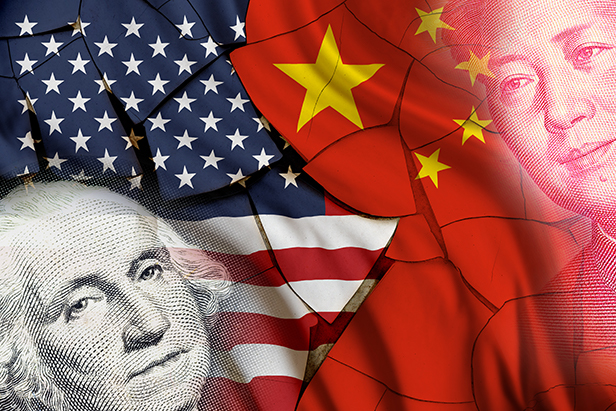News November 13, 2019
Trump Threatens Tariff Increase
The U.S. president has put the kibosh on reports that a rollback of tariffs on Chinese goods is imminent, adding that he could institute stiffer levies.
The tariff seesaw continues to teeter-totter in the U.S./China trade war.
Last week, U.S. sources and Chinese government officials indicated that both Washington, D.C. and Beijing were considering rolling back tariffs as part of a “Phase One” trade deal agreement between the world’s two largest economies.

That stoked hope in global markets and among business leaders, including some in the promotional products industry, that real progress toward stabilized economic relations and a levy deceleration was imminent.
Nonetheless, U.S. President Donald Trump has since thrown cold water on the notion that he is ready to scale-down tariffs. Trump emphasized that he hasn’t agreed to remove any tariffs. He also took things a step further, raising the specter that additional levies could come into play. “If we don’t make a deal, we’re going to substantially raise those tariffs, they’re going to be raised very substantially,” Trump said during a speech to the Economic Club of New York, according to The Wall Street Journal.
One of the main roadblocks to Trump and Chinese President Xi Jingping putting their signatures to a deal is what will happen with tariffs. The Journal noted the “logjam centers on whether the U.S. has agreed to remove existing tariffs in the so-called ‘Phase One’ deal that the two countries have been working toward—or whether the U.S. would only cancel tariffs set to take effect Dec. 15.”
To date, the Trump administration has imposed tariffs on approximately $360 billion in imported Chinese goods. Those levies have directly impacted the U.S. promotional products industry, which sources the majority of products it sells stateside from China. Issues include increased product prices, with more rises looming, and disruption to the industry’s traditional annual pricing models. It’s also compelled suppliers and some distributors that source directly to look for manufacturing partners outside of China – a lengthy complicated undertaking that comes with drawbacks. For instance, as the search for new sourcing destinations heats up, some industry leaders worry that more product safety and social responsibility issues will arise.
In October, Trump said that the U.S. and China were close to signing a “Phase One” trade deal. Reports have indicated that the deal could feature certain wins for the U.S. side, including China committing to buying American agricultural products, agreeing to regulations on currency manipulation, opening up Chinese industries to U.S. firms, and enacting measures to protect the intellectual property of foreign companies, including U.S. ones, that do business in China. But in exchange for such things, Beijing wants the U.S. to back off on at least some tariffs.
